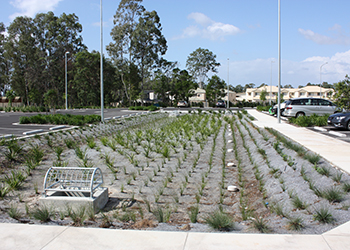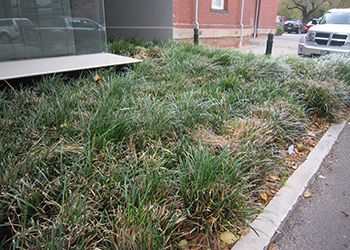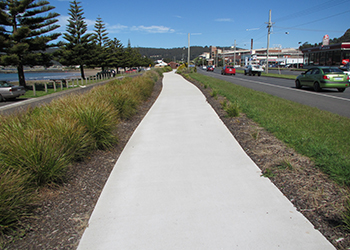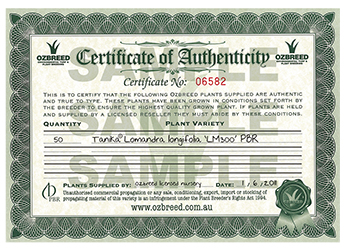Substituting plants in your landscape or garden
By Spencer Denyer – Verdent Landscape Design (Melbourne)
There is one particular topic the we have not covered in this series of articles; and that is the case of substitution. That is, where a particular plant is selected for a garden or broad landscape and for whatever reason, that plant is substituted for another plant that is generally similar in appearance.
There are a number of reasons why plants are substituted and among these reasons are; availability of the plant from retail nurseries or from suppliers or from growers, lack of understanding of availability from the landscape designer/architect when drawing up landscape plans, laziness on the part of the gardener or landscape contractor to source the correct plants, ignorance of plant cultural requirements by the person obtaining the plants.
Let’s look at these last couple of reasons as they are the most common and I will need to keep this brief.
The landscape contractor in general has been awarded a contract to landscape a property, that contractor has submitted a set price to complete the works as per contract or tender requirements. This will involve a whole range of landscaping works and a large range of plant varieties. One of the most problematic parts of landscape works is obtaining all those plant varieties and will involve sourcing from various suppliers. This is often time consuming and can easily become a lengthy process costing the contractor time and money. The more one has to spend running around obtaining the plant varieties specified for the project, the more time is wasted costing the company money in lost time, wages and delays to other projects so, to make sure the costs don’t blow out for the landscape contractor, they will substitute with something similar. If you have good plant knowledge and importantly good knowledge about the culture then some substitutions will be OK but, more often than not the substitutions will fail.
The general gardener, for example, will have small jobs to do at the request of a client and will generally go down to the retail nursery. If that one nursery does not have the particular plants, that person will grab something else in its place. Sometimes they may think to ask one of the nursery staff what may be a suitable substitute resulting in a more appropriate plant choice. The reason they do this is because; it’s a small job and trying to find the right plant will be a real pain and time consuming, they don’t have a good understanding about plants and their culture, they just figure that any plant will look nice.
The message to take away from here is that plants are selected for a garden or landscape for a particular reason. And there are a number of complimenting reasons why this is done but the two important ones are the aesthetics of the garden. That is, how plants complement each other and the property and the second and most important part is that plants are selected for the particular conditions of the landscape. For example, part of the garden may be constantly wet and shaded so, plants suitable for those conditions will be selected. Substituting with a plant that grows in desert conditions will fail badly.
Believe me, I have seen many poor substitutions and following are some classic examples. Over the past few years, you will have read a number of articles about plants that are suitable for a variety of different conditions and would refer you back to those for further reference.

Picture 1 Lomandra confertifolia sub
Shara™ Lomandra was specified for this bio-retention pond. Shara is wet feet tolerant. Lomandra confertifolia was substituted, and died quite quickly. It then had to be replanted with Shara, which did well.

Picture 2 Liriope Evergreen Giant
Just Right® Liriope was specified for this job. Seed grown Liriope Evergreen Giant was substituted. They were of different heights, and burnt in the full sun. Liriope Just Right is all the same size, and does not burn in the full sun.

Picture 3 Tanika and Little Pal Lomandra
On the left side of the path Tanika® Lomandra was planted. On the right, Little Pal Lomandra confertifolia was substituted, and subsequently failed. Although they look nearly exactly alike, they are suitable for quite different conditions.

Click Here for more information
Picture 4 Certificate of Authenticity from Ozbreed
I would like to thank Ozbreed and in particular Todd Layt for the supply of, and permission to use, these photographs in this article.
